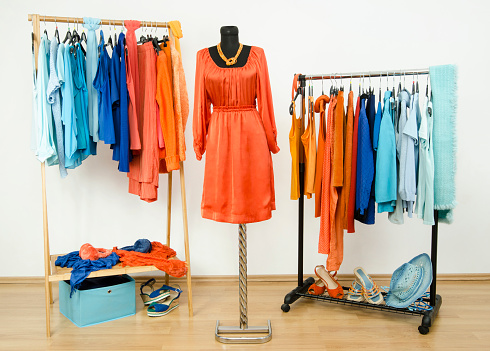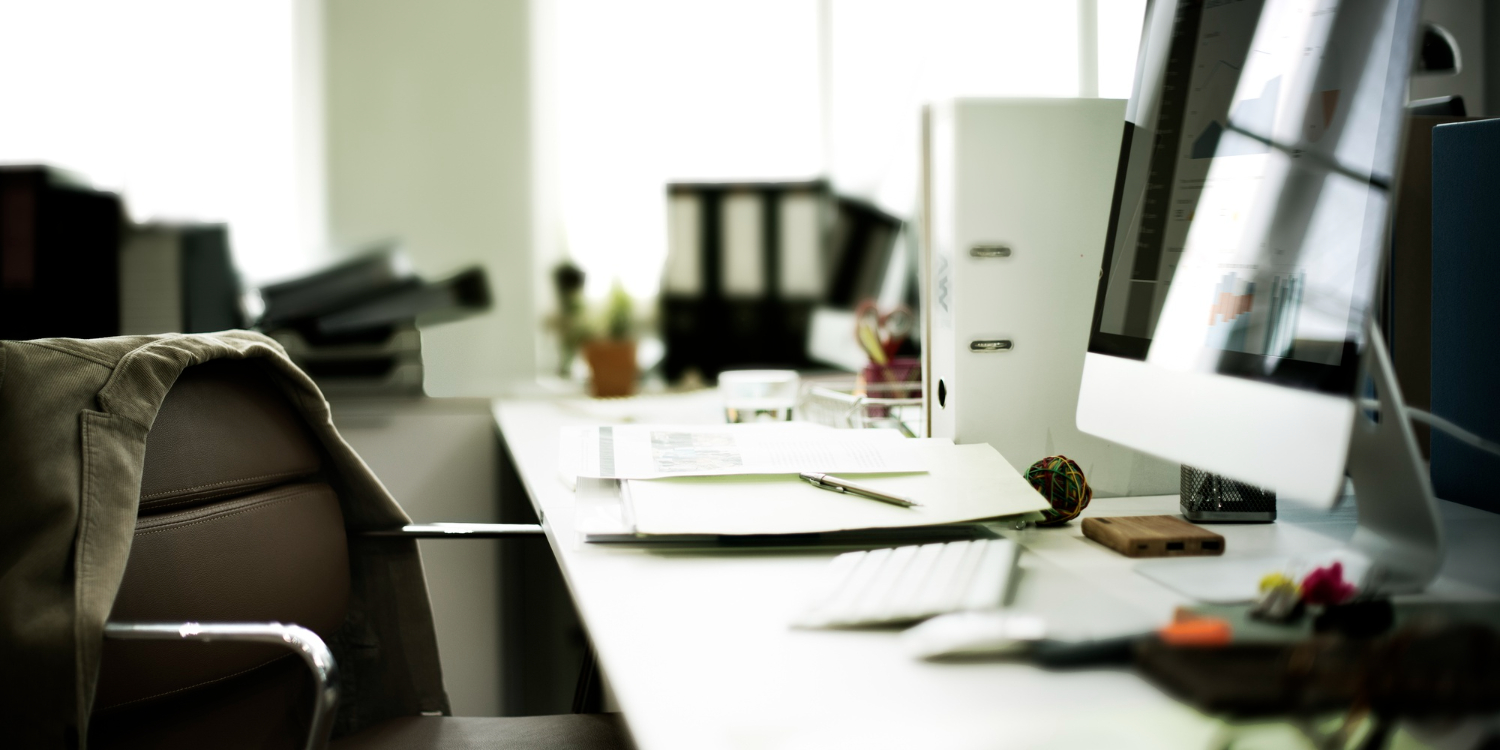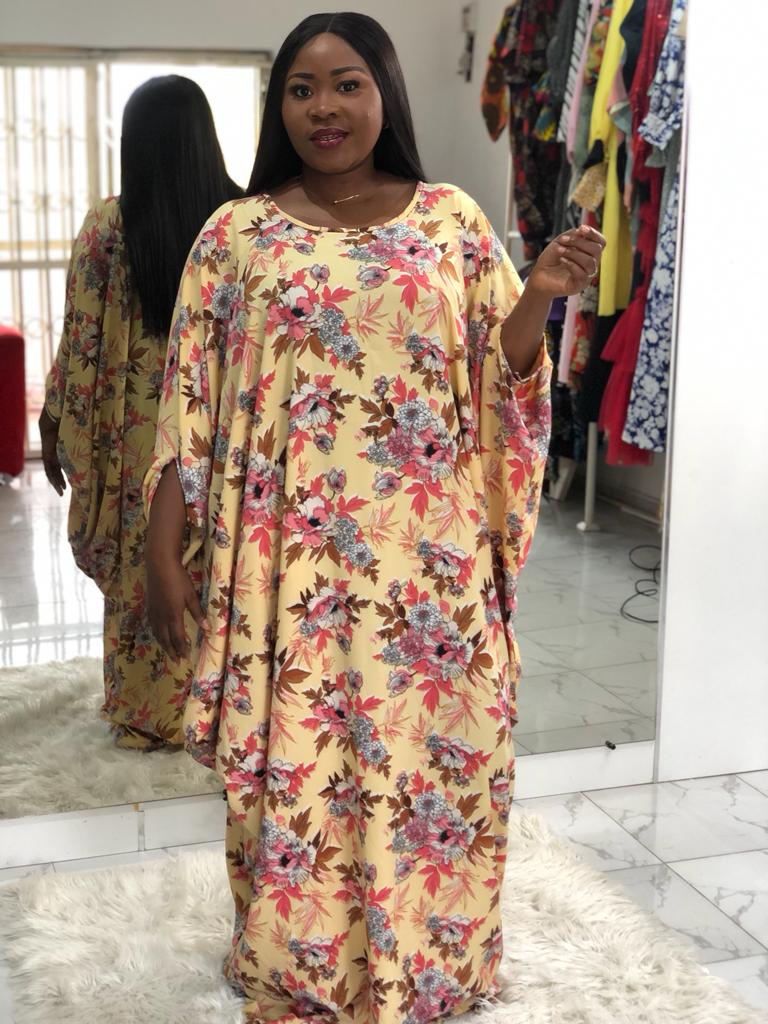
Primary, secondary and tertiary colors:
The Primary color are Yellow, Red and Blue usually refers to a color that contains only one pigment. They are unmixed pigments that can’t be created by mixing other colors.
A secondary color is made by mixing of two of the three primary colors: creating orange from yellow and red, green from yellow and blue and purple from blue and red.
A tertiary color, also known as an intermediate color, is a color made by mixing primary and secondary colors together.
The color wheel or color circle is the illustrative model for blending colors, which shows different shades and hues. It shows the relationship between primary, secondary, and intermediate shades together. Color Wheel is mandatory for Fashion Designers. We can experiment with tints and shades of colors in designing garments. The wheel shows a combination of color structures in a proper format.
COLOUR COMBINATIONS AND COLOUR CONTRAST
Contrast is an important in design illustration. Contrast helps organize your design and establish a hierarchy—which simply shows which parts of your design are most important. But more than emphasizing the focal point of your design, good use of contrast adds visual interest. A layout where everything is the same size, shape, or color is going to look pretty boring—but contrast spices things up.
However, as with most design concepts, contrast should be applied in a balanced way; too much contrast can be just as bad as none at all and may result in a confusing or visually jarring design. If all your design elements contrast, nothing will stand out.
THE INFLUENCE OF COLOR IN FASHION
- Color and clothing
Color is an essential element of clothing and plays a significant role in the overall look and feel of an outfit. Here are some things to consider when it comes to color and clothing:
- Color can set the tone: Different colors can evoke different emotions and moods. For instance, bright colors like yellow, orange, and red can create a cheerful and energetic vibe, while darker colors like black, navy, and gray can convey a more serious and somber tone.
- Color can flatter or detract: The colors you choose to wear can either flatter or detract from your appearance. Wearing colors that complement your skin tone, hair color, and eye color can enhance your natural features, while wearing colors that clash with your complexion can make you look washed out or unwell.
- Color can reflect personal style: The colors you choose to wear can reflect your personal style and taste. Some people prefer bold, bright colors, while others prefer more muted, neutral tones. Experimenting with different colors can help you discover what colors you feel most comfortable and confident wearing.
- Color can be influenced by trends: Fashion trends often dictate which colors are popular in a given season. While it’s important to stay true to your personal style, incorporating trendy colors into your wardrobe can help keep your look fresh and up-to-date.
Overall, color is a crucial aspect of clothing and can have a significant impact on how you look and feel. Understanding how to use color to your advantage can help you create outfits that flatter your features, reflect your personal style, and make a statement. Because, as you now know, color creates atmosphere and has a certain effect
Color is, therefore, often the first thing you notice about [the clothing of] others. Color choices affect not only how you see others, and how they see you, but also how you see yourself. Wearing a color, you love, can calm your nerves or lift your mood. Meaning you can literally boost your self-confidence with color, as well as with the clothes themselves. So you could say that color is a powerful tool in fashion designing.
- How fashion designers use color
Fashion designers can use color in countless ways, such as using color as a source of inspiration for their collections. They can also use color to connect with consumers. In addition, they can also naturally apply color through embroidery to complement their designs. Fashion designers use colors in a variety of ways to create visually appealing and impactful designs. Here are some ways fashion designers use colors:
- To create mood and emotion: Colors have the ability to evoke different moods and emotions. Fashion designers use this to their advantage by choosing colors that help convey the mood and feeling they want to create with their designs. For example, they may use warm colors like reds, oranges, and yellows to create a feeling of energy and excitement.
- To flatter skin tones: Fashion designers consider the skin tone of the wearer when selecting colors. They choose colors that complement the skin tone to enhance the overall look of the outfit.
- To highlight or downplay certain features: Colors can be used to highlight or downplay certain features of an outfit. For example, a fashion designer may use a bright color to draw attention to a particular feature of a garment or a dark color to downplay a less flattering area.
- To create contrast and interest: Fashion designers use contrasting colors to create interest and draw attention to certain areas of the outfit. They may also use complementary colors to create a harmonious and balanced look.
- To follow current trends: Fashion designers often look to current color trends when designing their collections. They may choose colors that are currently popular or forecasted to be popular in the upcoming season.
Overall, colors play a crucial role in the design process for fashion designers. They are a powerful tool for creating mood, highlighting features, and making a statement with their designs. And sometimes fashion designer uses colors that is closer to their brands or signature. “to me, beauty and makeup and color are like the finish9ng touch on everything” says Marc Jacobs.
-
Previous Post
Dressing for your body type: Tips and Tricks
-
Next Post
How to Build a Capsule Wardrobe
Post a comment Cancel reply
Related Posts
How to Build a Capsule Wardrobe
A capsule wardrobe is a collection of essential clothing items that can be mixed and…
The Influence of Color in Fashion
Primary, secondary and tertiary colors: The Primary color are Yellow, Red and Blue usually refers to a…
Dressing for your body type: Tips and Tricks
When it comes to fashion, dressing for your body type can make all the difference…
Top Fashion Trends for 2023
With the arrival of 2023, it's time to start thinking about your wardrobe for the…





